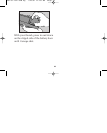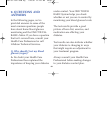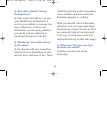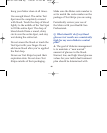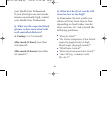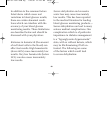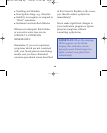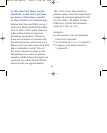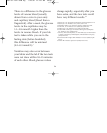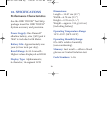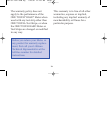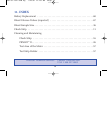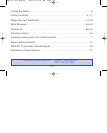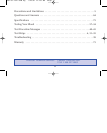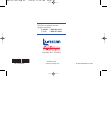There is a difference in the glucose
levels of venous blood (usually
drawn from a vein in your arm)
and capillary blood (blood from a
fingerstick). After a meal, the glucose
levels in the capillaries may be
1.1–3.9 mmol/L higher than the
levels in venous blood.
6
If your lab
test is taken while you are in the
fasting state (before breakfast),
this difference will be minimal
(0.1–0.3 mmol/L).
7
Variation may also occur between
your Meter and the lab if the two tests
were not done within 10–15 minutes
of each other. Blood glucose values
change rapidly, especially after you
have eaten, and the two tests could
have very different results.
8,9
1 Skyler JS, et al: Postgraduate Medicine (1987) 81(6):163–174.
2 Skyler JS, et al: Diabetes Care (1981) 4:311–318.
3 Wickham NWR, et al: Practical Diabetes (1986) 3(2):100.
4 Cohen FE, et al: Diabetes Care (1986) 9(3):320–322.
5 Clarke WL, et al: Diabetes Care (1987) 10:622–628.
6 Gadsen RH: Challenges in Diabetes Management, Milpitas
CA, LifeScan, Inc. (1988) 63–66.
7 Caraway WT: Carbohydrates, in Tietz NW (ed). Fundamentals
of Clinical Chemistry. Philadelphia, WB Saunders Company
(1976) 242–244.
8 Surwit RS and Feinglos MN: Diabetes Forecast (1988) April:
49–51.
9 Nelson RL: Diabetes Spectrum (1989) 2:219–223.
71
LSI-97-050 OTB Eg 7/25/97 11:09 PM Page 71



